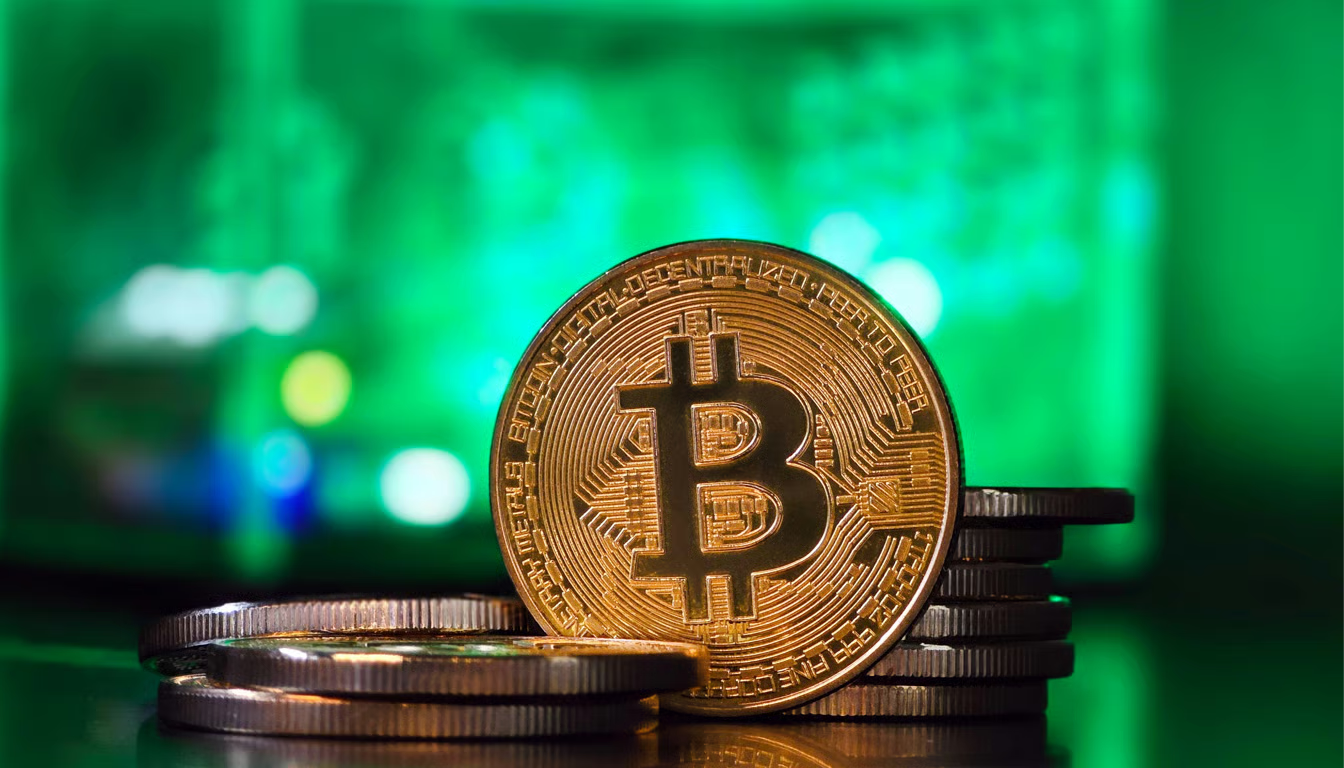When first encountering options trading, many investors see labels like “IV = 35%” or “IV = 50%” on their trading interface and mistakenly
assume that implied volatility (IV) is a static, single value. However, this perception is superficial and can even lead to actual losses in real
trading.
In reality, IV is not an isolated metric but a complex, multidimensional map of market sentiment, reflecting expectations of future price
volatility, risk appetite, and the intensity of panic.
This article will systematically explore the structural characteristics and underlying logic of options implied volatility (IV), including why IV
varies significantly across different strike prices—giving rise to phenomena such as the “volatility smile” or “volatility skew”; why IV behaves
differently across expiration dates, forming a “term structure”; why these structural features persist long-term in the market, representing
traders’ ongoing pricing of tail risks and future uncertainties; and the common misjudgments and pitfalls novice traders fall into by
overlooking IV’s structural nuances in practice.
Understanding these core issues helps build a more comprehensive and rational framework for options risk awareness.
IV Explained: How Market Sentiment Is Priced In
Implied volatility (IV) essentially represents the market’s expectation of the future price fluctuations of the underlying asset. It is formed
through actual capital “voting” by market participants within option pricing, reflecting a collective emotional consensus and risk assessment.
However, this expectation is not distributed linearly or uniformly across all price levels and time horizons. In fact, market sentiment,
expectations, and risk preferences vary significantly for options with different strike prices and expiration dates, resulting in a highly
heterogeneous and structural pattern. Specifically, the asymmetric structure of IV mainly manifests across three key dimensions:
Differences in IV across strike prices, expressed as the “volatility smile” or “volatility skew”;
Differences in IV across expiration dates, known as the “term structure”;
Abnormal short-term IV fluctuations driven by specific events, such as earnings releases or policy meetings, where short-dated option IVs
can spike sharply.
IV Structure Across Strike Prices: Volatility Smile and Skew
When observing an option chain, a common phenomenon appears: at-the-money (ATM) options typically have the lowest implied volatility
(IV) because this strike price represents the market’s strongest pricing consensus, where buyers and sellers share relatively aligned
expectations. In contrast, deep out-of-the-money (Deep OTM) and deep in-the-money (Deep ITM) options usually exhibit higher IVs.
Although these strikes are less likely to be reached, if they are, the resulting profit and loss swings can be extreme, which leads to a more
pronounced risk premium.
This pattern is known as the “Volatility Smile.” The core logic behind it includes:
Extreme price moves, while unlikely, carry significant potential risk;
The market is highly sensitive to tail risks, and option prices incorporate a corresponding “hedging premium”;
Market makers often raise IV quotes for strikes far from the ATM level to compensate for potential losses from large, sudden moves.
Essentially, the “smile” structure reflects the market’s fear pricing for extreme scenarios—it is a direct manifestation of buying insurance
against uncertainty within option prices.
From “Smile” to “Skew”: A Reflection of Long-Term Fear
Compared to the idealized “Volatility Smile,” the more common market structure is the “Volatility Skew,” which typically manifests as higher
implied volatility (IV) for out-of-the-money (OTM) put options than for OTM call options at the same strike prices.
Take Apple Inc. (AAPL) as an example: its option chain consistently shows put IVs significantly exceeding call IVs. This phenomenon is not
the result of short-term market fluctuations but rather a long-standing structural pricing characteristic. The reasons behind this include:
The U.S. stock market generally exhibits a “slow rise, sharp fall” pattern;
Major market declines are often triggered by black swan events such as earnings shocks, macro policy shocks, or financial crises;
Institutional investors (like insurers, pension funds, and hedge funds) holding long equity positions tend to buy protective put options to
hedge against systemic downside risk;
Persistent demand for downside protection pushes up the prices and IV levels of put options.
Therefore, this “skew” is not a random pricing distortion but reflects the market’s sustained concern over tail downside risk, embodying
investors’ structural willingness to pay a premium for “downside protection” in option pricing.
Differences in IV Across Expirations: The Logic Behind the Term Structure
Beyond the price dimension, implied volatility (IV) also exhibits a distinct term structure—systematic differences in IV levels across options
with varying expiration dates:
Long-term options typically have higher IV: As the holding period extends, uncertainties from macroeconomic factors, policy changes, and
industry evolution accumulate, naturally raising market expectations for future volatility and pushing up long-term IV.
Short-term options generally have lower IV: In the absence of major known risk events, the market tends to take a more conservative view
on near-term volatility, keeping short-term IV relatively subdued.
Event-driven short-term IV spikes: Ahead of key events such as earnings releases, FOMC rate decisions, or major policy announcements,
market sentiment concentrates in near-expiration options, causing sharp jumps in short-term IV.
Thus, IV is not only an estimate of overall market volatility but also a dynamic pricing of “risk density” over different future time horizons.
Investors must pay close attention to the time dimension of IV, particularly remaining vigilant of the nonlinear surges in short-term IV around
critical event dates.
Common IV Misconceptions Beginners Often Overlook
Many traders fall into a common misconception when interpreting the IV data displayed on trading platforms. Most trading software shows
“IV figures” that typically represent:
The implied volatility of the current at-the-money (ATM) options;
A weighted average IV across the entire option market;
Or even a historical average IV over a certain past period.
However, these metrics do not necessarily correspond to the IV of the specific options you actually hold. If you buy a deep out-of-the-
money (Deep OTM) or deep in-the-money (Deep ITM) option, its IV usually sits at the edges of the “volatility smile” or “volatility skew”
curve—often significantly higher than the overall market average.
For example, you might see a platform quoting an IV of 40%, but a deep OTM Put option you purchase could have an IV as high as 70%. In
effect, you are unknowingly paying a hefty risk premium for tail risk—essentially buying insurance priced for market panic at a high cost.
Ignoring this structural difference easily leads to “buying high and selling low,” resulting in substantial losses when IV normalizes or volatility
subsides, and can cause systematic losses in options trading over time.
Understanding the IV Curve
Understanding volatility structure is one of the key insights for options investors aiming for consistent profitability. The so-called “volatility
smile” and “volatility skew” are not short-term anomalies or random occurrences; rather, they are deeply rooted in long-term market
structures and the psychology of fear. Fundamentally, these IV curves reflect three core market principles:
Markets are inherently unfair over the long run — price movements are asymmetric, and the risk of extreme events is often overestimated;
Fear tends to outweigh greed — investors react more sensitively and intensely to downside risks;
The cost of insuring against tail risks is necessarily priced into options, resulting in a persistent risk premium over time.
Together, these three principles shape the structural characteristics of implied volatility, making IV curves a direct visualization of market
sentiment and risk perception.
Final Thoughts
In options trading, understanding the structure of implied volatility (IV) is far more important than predicting price direction. Many
experienced traders don’t rely solely on market direction but instead seek arbitrage opportunities by identifying “volatility mispricings.”
So next time you see an IV figure, recognize that it’s not just a single reference value—it’s a composite map of market sentiment, risk
perception, and expectations of future uncertainty.
Decoding this map is the real gateway to mastering the professional world of options trading.






